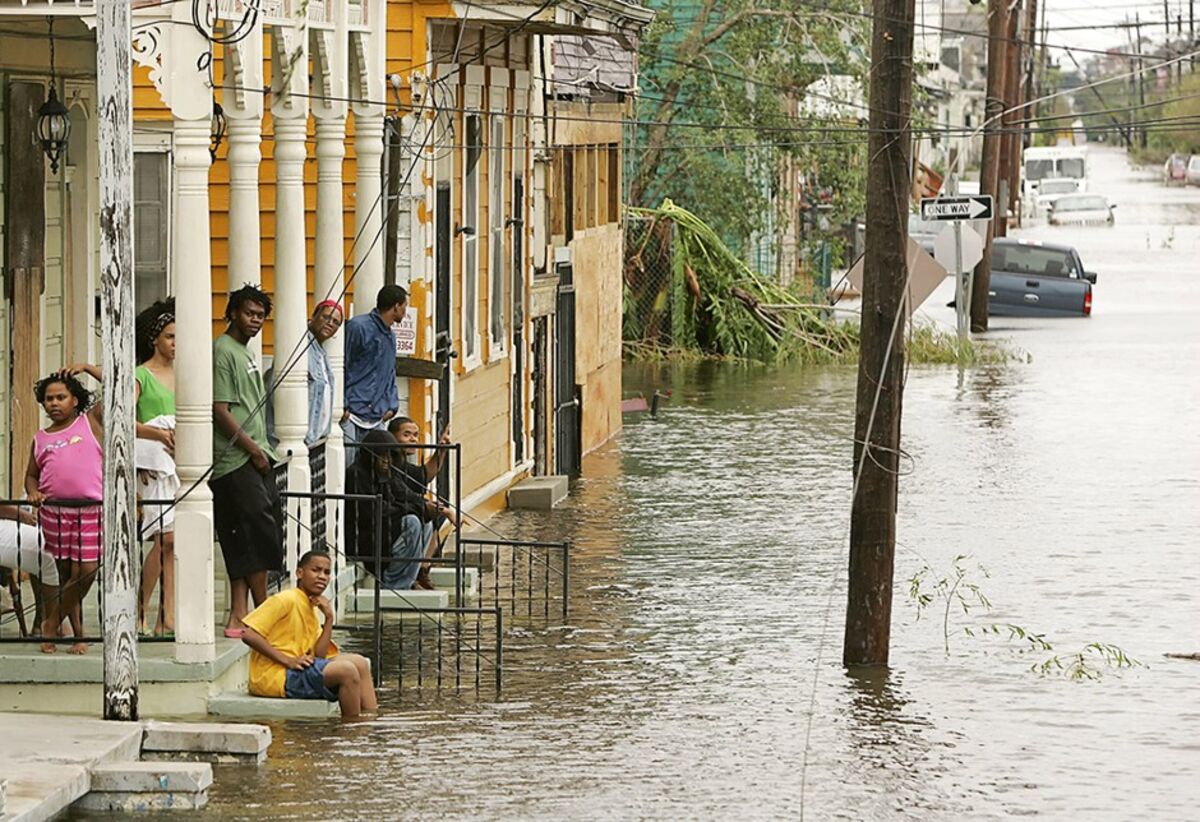How Public Infrastructure Shapes Cities: Lessons from Katrina and the Economics of Flood Protection
In late August 2005, the world watched as Hurricane Katrina ravaged New Orleans. The storm wasn’t the only culprit; the failure of the city’s levee system turned a natural disaster into a human catastrophe. Entire neighborhoods were submerged, nearly 2,000 lives were lost, and hundreds of thousands were displaced. In the aftermath, one stark reality became undeniable: America’s flood protection infrastructure had left the most vulnerable communities exposed.
Now, economists Amine Ouazad and Matthew E. Kahn have published a working paper for the National Bureau of Economic Research (NBER) that puts this issue under a microscope. Titled "Time Consistent Infrastructure Investments: Optimal Flood Protection Policies in Spatial Equilibrium," their study examines how public investments in levees and flood control reshape urban landscapes. It is an exploration of what Katrina revealed on a national scale—how infrastructure decisions intersect with inequality, urban dynamics, and the future of cities.
Katrina as a Warning
Before Hurricane Katrina, New Orleans relied on a complex but underfunded levee system originally designed to protect its urban core. However, as Ouazad and Kahn’s research underscores, investment patterns in flood infrastructure are often inconsistent, driven by short-term priorities rather than long-term urban welfare. The NBER study highlights that flood protection investments significantly influence housing prices and demographic shifts, often benefiting wealthier, less vulnerable communities while leaving marginalized populations at greater risk.
In New Orleans, decades of disinvestment in levee maintenance compounded the city’s vulnerability. Areas like the Lower Ninth Ward, predominantly Black and lower-income, bore the brunt of the disaster when levees failed. Ouazad and Kahn’s findings resonate here: they demonstrate that strategic investments in urban cores can mitigate such disparities. But when those investments prioritize economic returns over equity, the result is what New Orleans experienced—devastation concentrated in already struggling neighborhoods.
The Economics of Flood Protection
The NBER paper offers a new lens for understanding these dynamics. Using data from cities like St. Louis, the authors demonstrate that flood control measures, like levees, initially depress property values and attract lower-income populations. Over time, as the infrastructure proves effective, these areas see a rise in housing demand and property values, often leading to gentrification and displacement of long-term residents.
Katrina, however, showed what happens when that process stalls due to neglect. Had consistent funding been allocated to New Orleans' levees, the city might have experienced an economic and demographic transformation rather than a humanitarian crisis. The authors’ models suggest that optimal flood protection requires not only initial investment but sustained, time-consistent policymaking that accounts for long-term urban resilience.
A Future Without Consistent Funding
Ouazad and Kahn’s research raises an unsettling question: What happens to urban areas when flood protection funding fails to keep pace with climate change? The answer may already be visible in communities facing rising seas and intensifying storms. In the U.S., leveed counties are experiencing an increase in disaster declarations, reflecting growing climate risks. Without targeted and equitable infrastructure investment, these trends will likely deepen existing inequalities.
For example, consider the disparity between wealthier areas like Miami Beach—where millions have been spent on elevated roads and pumps—and lower-income neighborhoods in cities like Houston, where flood mitigation efforts often lag. Ouazad and Kahn argue that prioritizing investments in dense urban cores can prevent urban sprawl and protect vulnerable populations, but only if governments commit to equitable, long-term funding strategies.
Lessons from Katrina for Policymakers
The lessons of Hurricane Katrina echo loudly in Ouazad and Kahn’s work. Their findings challenge policymakers to think beyond immediate returns and consider the broader, systemic implications of infrastructure investments. By allocating resources to protect vulnerable populations and dense urban areas, cities can foster economic growth while safeguarding communities from displacement.
As the paper emphasizes, public investments don’t just shape infrastructure—they shape lives. Katrina was a stark reminder of what’s at stake when those investments fall short. With climate risks accelerating, the time for time-consistent policies is now.

